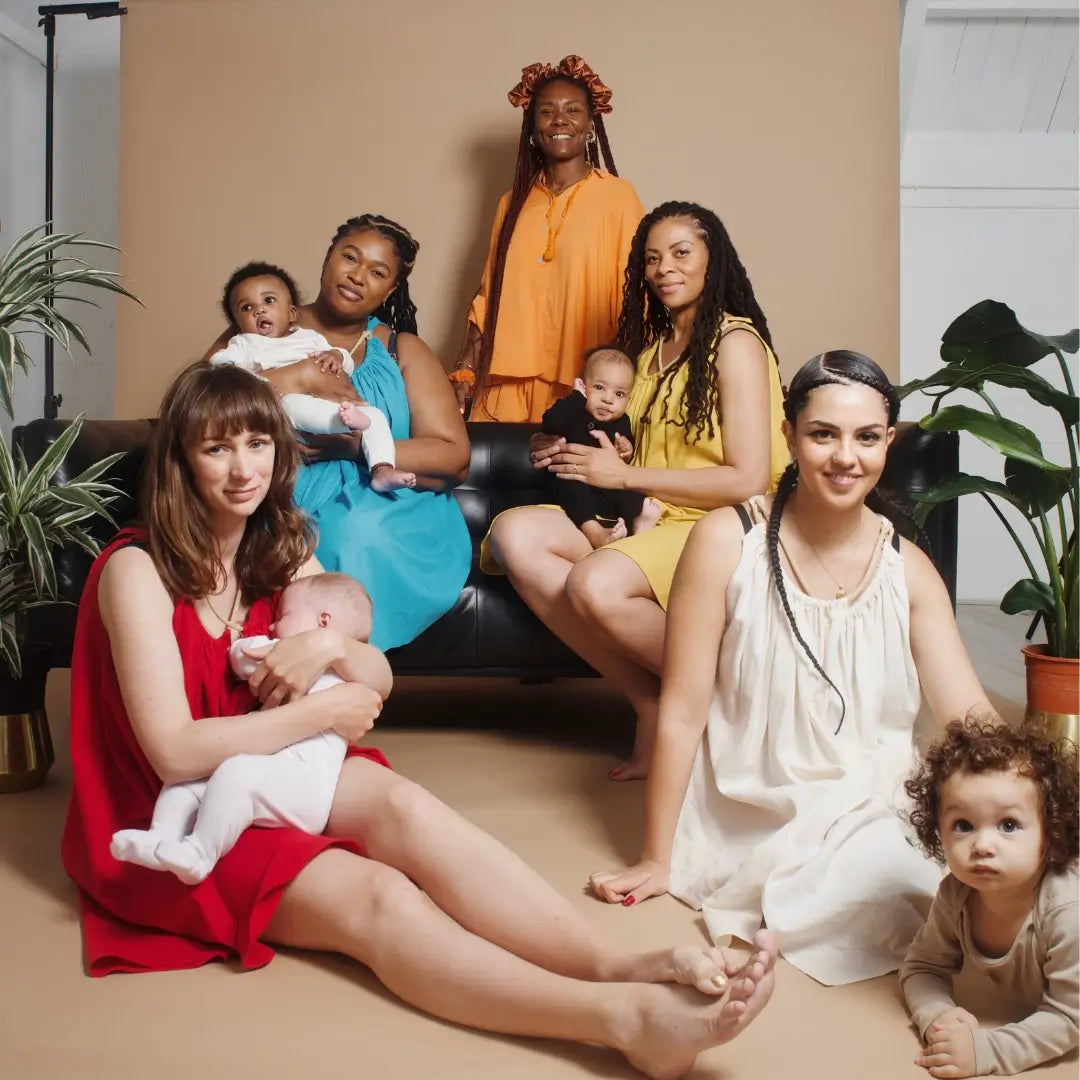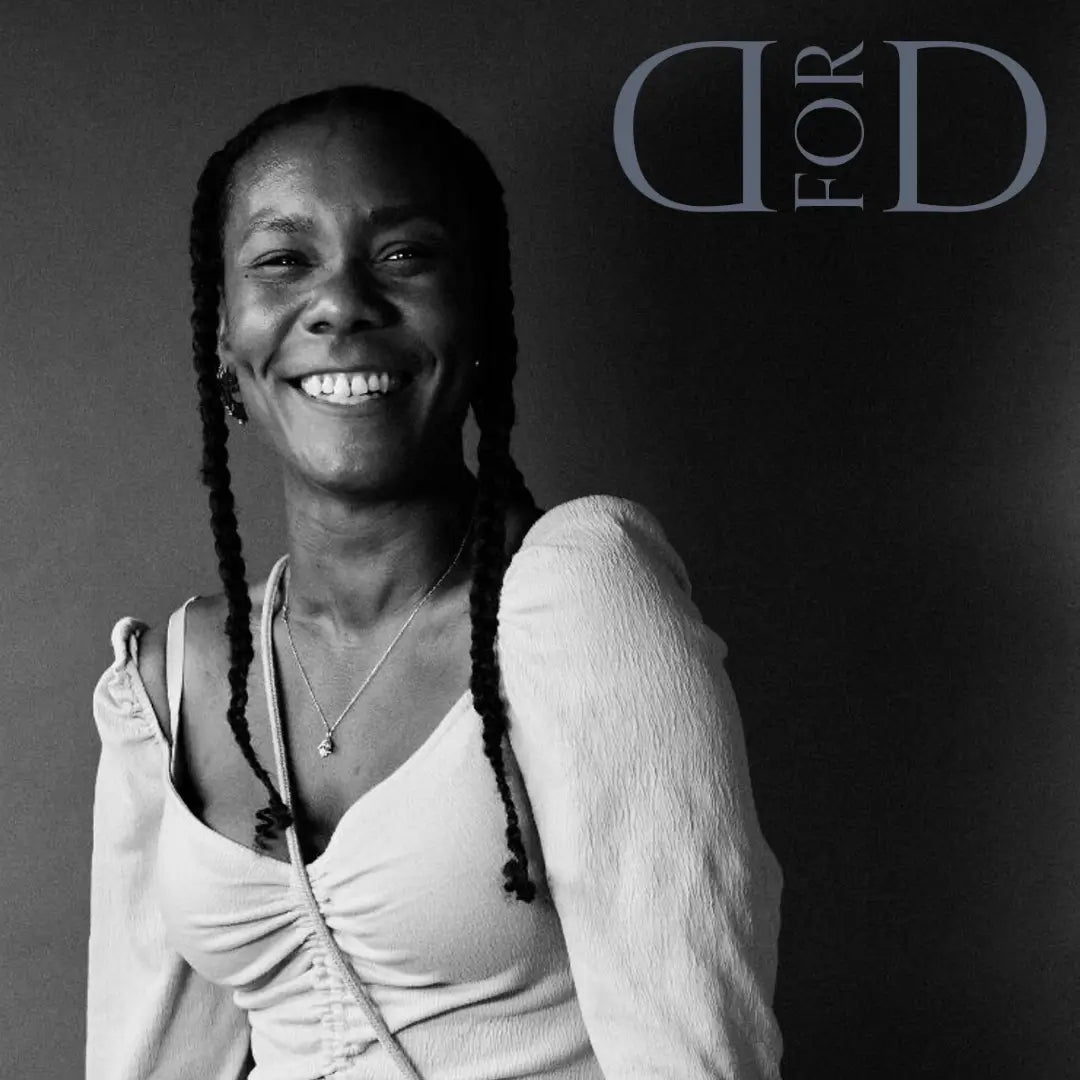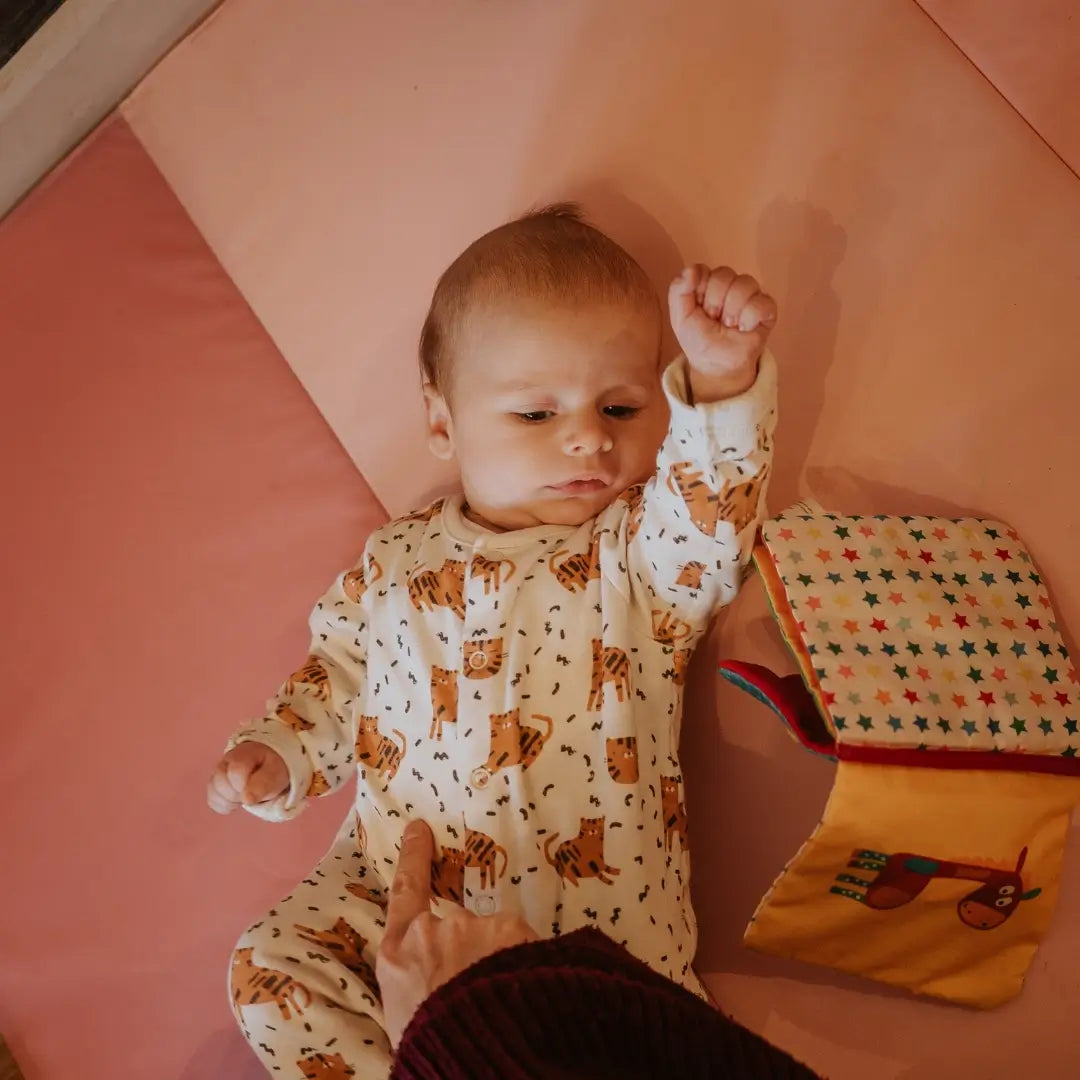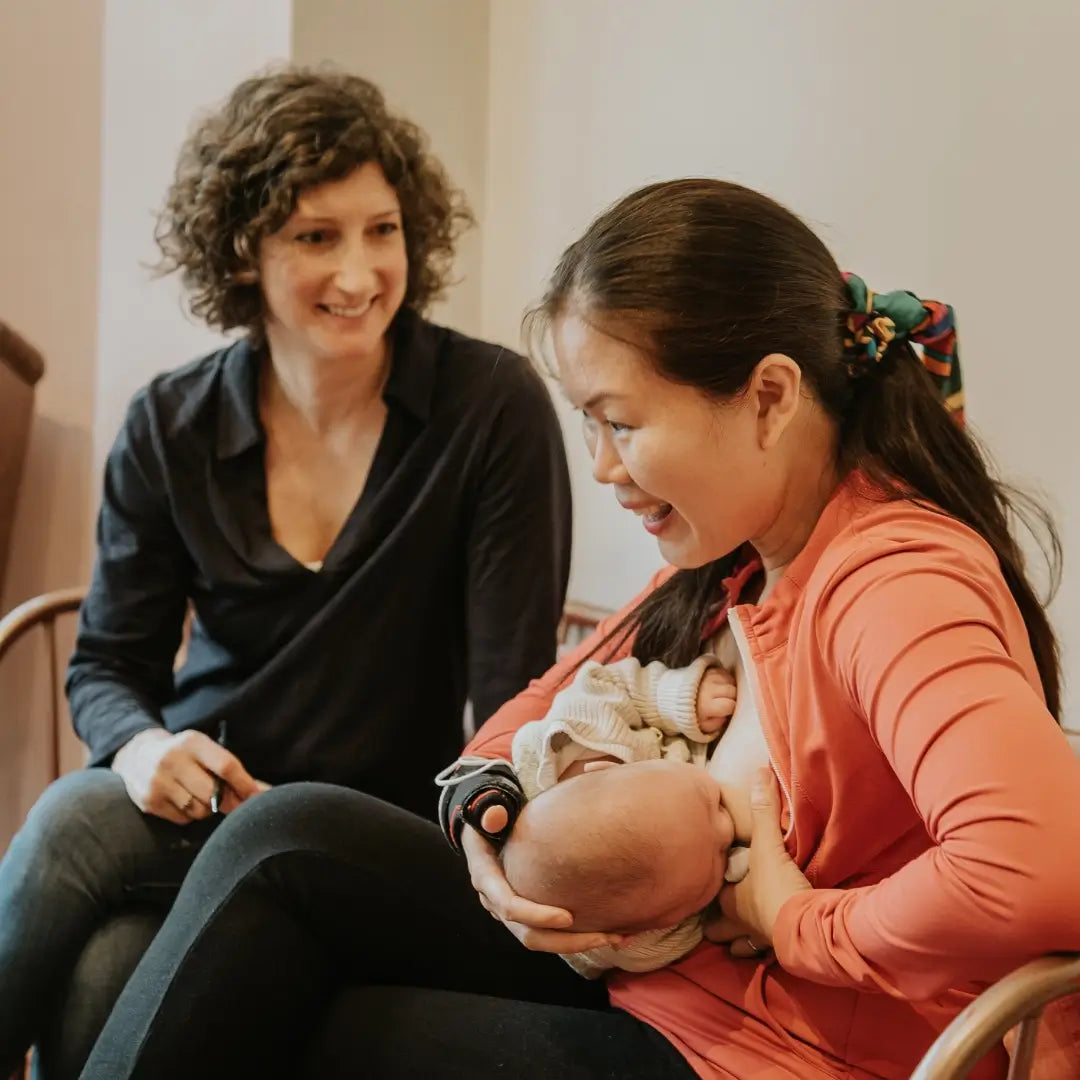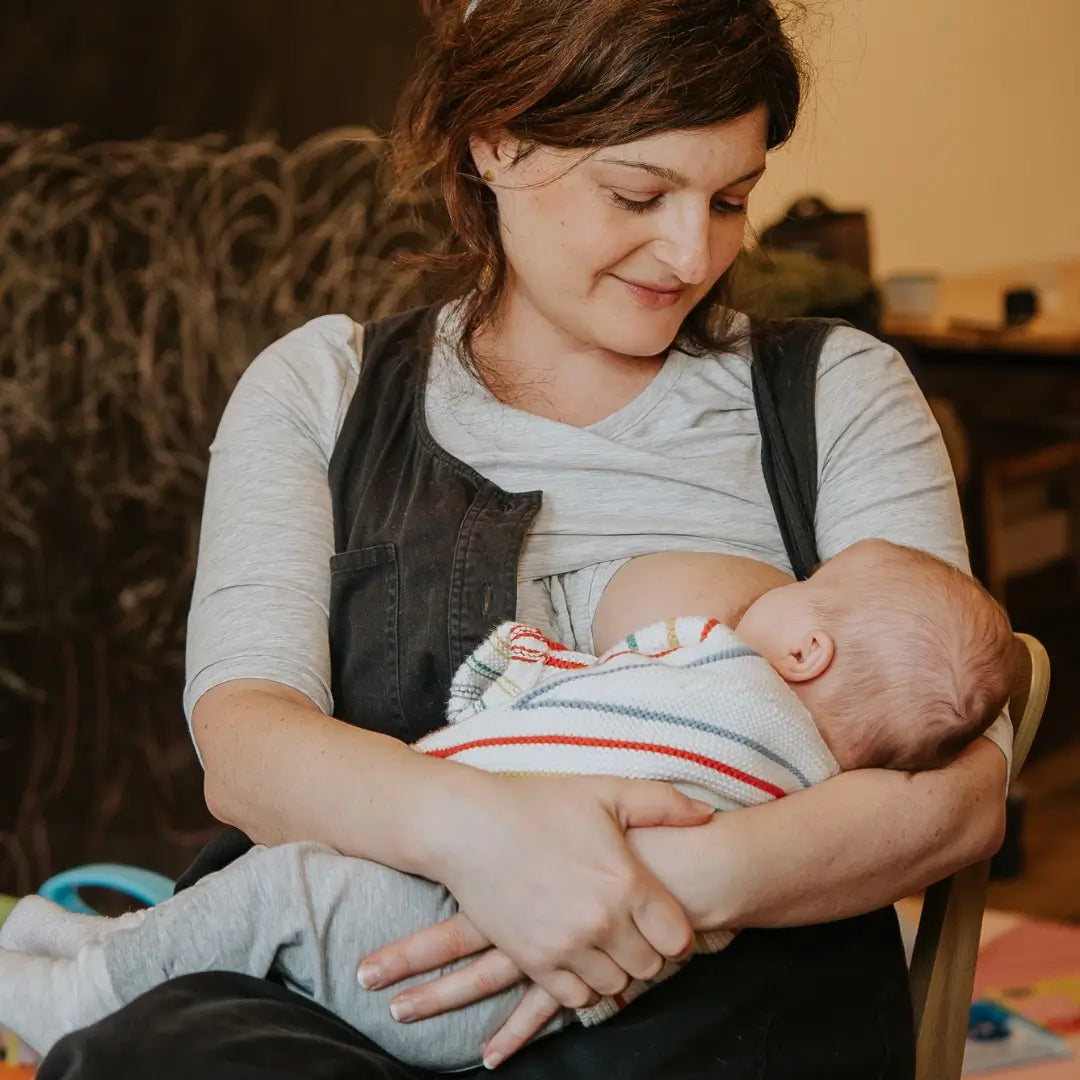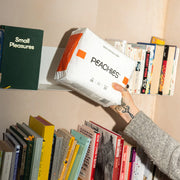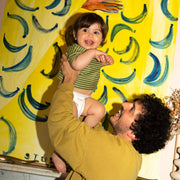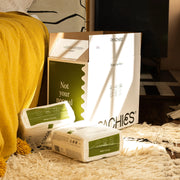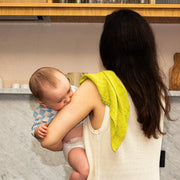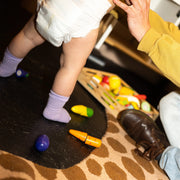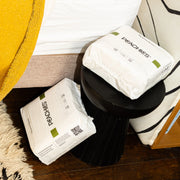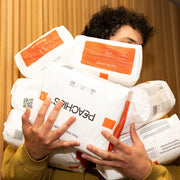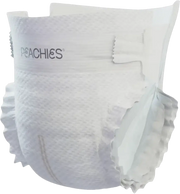The traditional hospital gown is loathed by many for a plethora of reasons, but its sheer impractical usage in maternity settings is frustrating at best. What's more, if mothers and babies can't have easy access to skin-to-skin, this can definitely affect breastfeeding initiation in the early hours/days of life.
There is a large and growing evidence base on the value of skin-to-skin contact after birth. It is known to reduce postpartum bleeding, regulate baby's heart rate, breathing, temperature and initiate breastfeeding leading to improved bonding and attachment.
But at the risk of sounding facetious, isn't that bloody obvious!! It's natural that mothers/parents would want to hold their baby close after birth and it would be beneficial. Many parents have waited very long for that moment and it would annoy the hell out of me that the hospital gown was not only a physical barrier, but also a cultural one. I've seen hospital gowns cut up, worn backwards, even doubled up, all sorts of amendments that are neither dignified or useful as well as environmentally and financially costly.
Its a cultural barrier in the sense that the hospital gown is just that, an instantly recognisable item that represents removing the person's identity and replacing it with patienthood. The association with sickness and dependency cannot be overstated. Not to mention it's completely unfit for purpose when worn by maternity and pregnancy populations, raising equity queries in the provision of maternity support and care.
Simply put, I had all the evidence, both research and anecdotal from the frontline, of the challenges that the current hospital gown presented. To me, it seemed like a clear problem to fix, a design brief you might say. My ‘Textile Design Graduate Self' came out of hibernation with fresh fuel for an important cause. To be clear, you don't need to wear anything during birth, but medium-high risk pregnancies/births are a clinical indicator to wear a hospital gown due to its access to the spine, but it doesn't give access to the chest/abdomen! - crucial parts of the anatomy during pregnancy, birth and immediate postnatal period, this is why the DforD gown is so simply innovative.
The DforD gown is multipurpose: with the potential to be worn in and out of pregnancy, increasing its life span. This is why I'm told by customers and clients, “it's too nice to wear in hospitals, I'm gonna wear it as a dress”. To which I always reply, "You can do both”.
The gown is meticulously designed to meet the requirements of the wearer first, then the healthcare providers. Revealing and concealing the breast area is first for skin-to-skin contact and for clinical assessments. Multifunctioning accessories was my final degree show at Art School, so my current venture is really no surprise.
I actually specialised in Knitwear at Winchester School of Art many moons ago, and whilst I still love a merino and cashmere mix sweater, I knew that woven fabrics was most likely the best fabric choice for the improved baby friendly DforD gown. I'm a fibre geek and for the most part, I prefer to wear and work with natural fibres. This is for two main reasons, one is that they feel comfortable against the skin, naturally thermoregulatory and wick away moisture, but my second and important reason is due to its sustainability.
For me, linen is Queen. It's the perfect material to have skin-to-skin contact in for all the attributes mentioned. Equally, if not more important, when grown, the flax plant grows relatively quickly, stronger than cotton, uses less water and actually improves the soil it's grown in for 6-7 years, making it a perfect rotation crop.
I could go on and on about my love affair with linen not only as a beautiful fabric within fashion design, but also incredibly useful in healthcare textiles. In short, I guide and design for the very best outcomes in current and future generations by providing dynamic services and innovative, sustainable textile products for pregnancy, birth and the immediate postnatal period.

